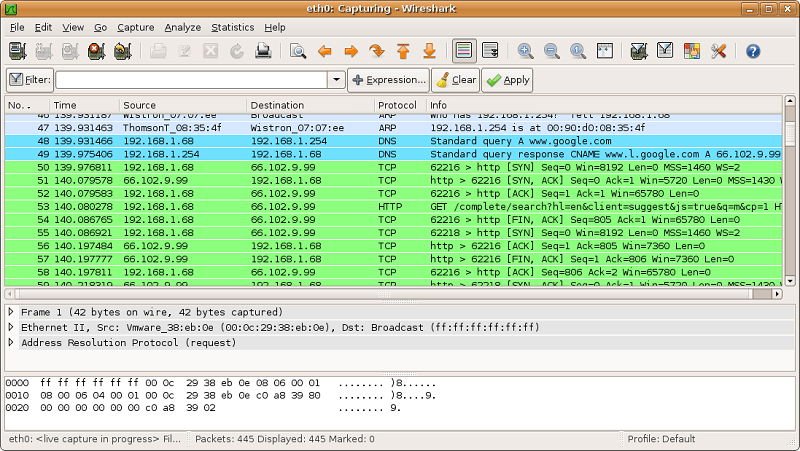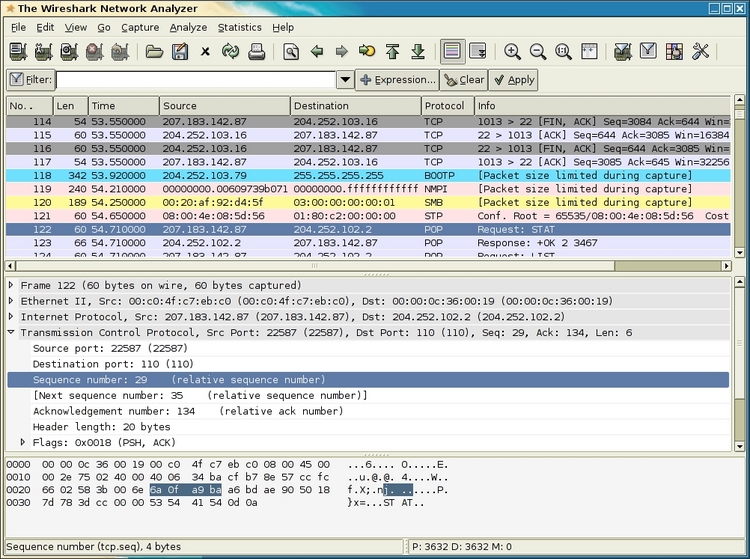

I am not troubleshooting layer 1/2/3 issues (as others do) with the TAP but upper-layer problems in one of those generic scenarios: And I am not interested in any CRC32 errors as well. That is, I am not using the additional timestamp dissector from the ProfiShark which gives you an even better time accuracy. All are more or less layer 7 and protocol related. Here are some use cases out of my daily business. The “Save” button is just for saving the settings persistently to the flash. Take care especially on the options at Network Ports -> Ports control! If you disable/enable anyone of them while capturing, your ports will probably go down and up again. If you’re using the ProfiShark Manager software, keep in mind that all checkboxes react immediately without any further confirmation. That is: Either don’t touch Wireshark during a packet capture or use the “direct capture” feature within the ProfiShark Manager software. For some reasons Wireshark crashed and my (unsaved) capture files were lost.

I think you can get that kind of information only from the vendor of the USB adapter.Two more hints: I lost some of my ongoing traces as I tried to analyze them in Wireshark while capturing.

Without knowledge about the internals of the USB adapter (what exactly triggers the LED), you can only guess.

Is there any way I can discover what's causing this activity? If you see traffic on the line, but not on the USB adapter, you can check if the packets are possibly 'damaged' (however, the NIC of your second PC might also drop damaged packets). To verify this scenario, you could use a second laptop ( plus a HUB, TAP or Switch mirror port) and monitor the traffic between the DSP and the USB adapter. If there is network traffic (switch LED) it could also 'damaged' network packets that are dropped by the USB adapter and thus don't make it to Wireshark. If no: There is no network traffic and the USB adapter LED might just indicate data on the USB bus.If yes: There is network traffic, and there is a reason why you don't see those packets in Wireshark (see below).Then check if the activity LED of the switch blinks whenever the LED of the USB adapter does. To verify this scenario, add a switch between the DSP and the USB adapter. That activity could be data on the USB bus that are not related to your networking traffic. When both the PC and the device are idle (sending no Ethernet packets on that interface) I usually (but not always) see frantic, continuous activity on the adaptor (its lights are flashing), but Wireshark detects nothing.


 0 kommentar(er)
0 kommentar(er)
